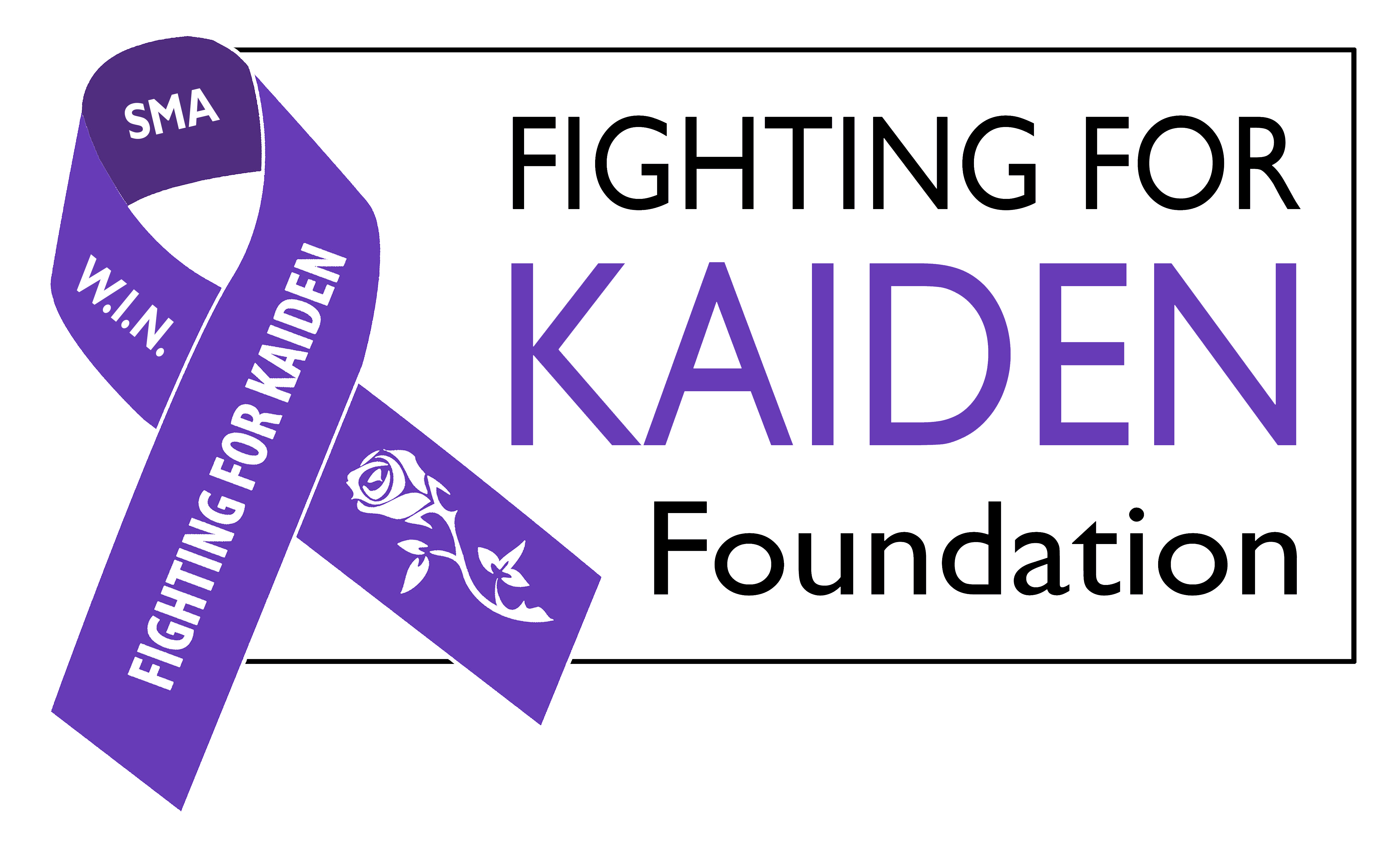Background: The amount of assistance required to perform daily activities for individuals with Type 2 and non-ambulant Type 3 spinal muscular atrophy (SMA) is often cited as meaningful for quality of life, and important to routinely assess.
Methods: The SMA Independence Scale (SMAIS), a patient-reported outcome measure for individuals with SMA aged ≥12 years, and an observer-reported outcome measure for caregivers of individuals aged ≥2 years, was developed and evaluated in two phases. In Phase 1, 30 draft items were developed following review of the literature. Semi-structured interviews were then conducted with individuals with SMA and caregivers to establish content validity, resulting in a 29-item measure. In Phase 2, classical test theory and Rasch measurement theory methods were used to examine the cross-sectional and longitudinal measurement performance of the SMAIS in two independent datasets.
Results: Phase 1 qualitative findings supported the relevance, acceptability, and comprehensibility of 29 items. In Phase 2, psychometric analyses indicated that the five response options were poorly discriminated and were thus collapsed to three options for subsequent analyses. Items showed statistical misfit, implying that the SMAIS was not assessing a single underlying construct. Based on conceptual evaluation of the items, and assessment of item performance, a more targeted 22-item upper limb score was derived. Reliability and validity analyses confirmed acceptable measurement properties of this score.
Conclusions: Qualitative and quantitative analyses support the use of the 22-item SMAIS-Upper Limb Module in individuals with Type 2 and non-ambulant Type 3 SMA, aged ≥2 years.












